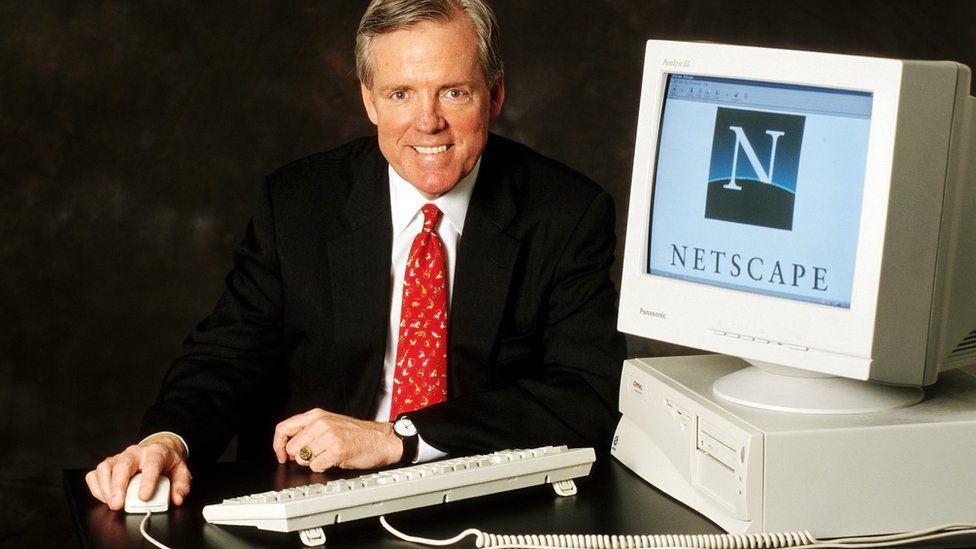The fall of the Berlin Wall on 11/9/89 unleashed forces that ultimately liberated all the captive people of the Soviet Empire. But it actually did so much more. It also allowed us to think about the world differently, to see it as more of a seamless whole. We could not think globally when the Berlin Wall was there.
The first IBM PC hit the markets in 1981. The first version of the Windows operating system shipped in 1985, and the real breakthrough version that made PCs truly user-friendly, Windows 3.0, shipped on May 22, 1990, only six months after the Berlin wall went down. In this same period, some people other than scientist started to discover that if they bought a PC and a dial-up modem, they could connect their PCs to their telephones and send e-mails through private Internet service providers, like CompuServe and America Online.
The diffusion of personal computers, fax machines, Windows, and dial-up modems connected to a global telephone network all came together in the late 1980s and early 1900s to create the basic platform that started the global information revolution.
This period from 11/9 to the mid-1990s led to a huge advance in personal empowerment, even if the networks were limited.
In the mid-1900s, the PC-Windows has reached its limits. But the revolution will go from a PC-based computing platform to an Internet-based platform. The actual concept of the World Wide Web was created by British computer scientist Tim Berners-Lee. He put up the first Web site in 1991, in an effort to foster a computer network that would enable scientists and academics to easily share their research. The first browser was created by a tiny start-up company in Mountain View, California, called Nestcape. Nestcape went public on August 9, 1995, and the world has not been the same since.
Today we take this browser technology for granted, but it was actually one of the most important inventions in modern history. Nestcape first commercial browser which could work on an IBM PC, an Apple Macintosh, or a Unix computer was released in December 1994 and within a year it completely dominated the market. You could download Nestcape for free if you were in education or nonprofit. If you were an individual, you could evaluate the software for free and buy it on disk if you wanted. If you were a company, you could evaluate the software for ninety days.
Nestcape also helped make the Internet truly interoperable.
In the years before the Internet became commercial, scientists developed a series of “open protocols” meant to make everyone’s e-mail system or university computer network connect seamlessly with everyone else’s. The mathematical based protocols, which enable digital devices to talk to each other, made you compatible with everyone else, no matter what kind of computer they were running. These protocols were (and still are): FTP, HTTP, SSL, SMTP, POP and CTP/IP. Together, they form a system for transporting data around the Internet in a relatively secure manner, no matter what network your company has or what computer o cell phone you are using. Each protocol had a different function: FTP moved files, SMTP and POP moved e-mail messages, HTML was a language that allowed to author Web pages that anyone with a Web browser could display, SSL was created to provide security for Web-based transactions and TCP/IP the basic railroad tracks. But it was the introduction of HTTP to move HTML documents that gave birth to the World Wide Web as we know it.
Nestcape stimulated digitization. Everyone wanted everything digitized as much as possible so they could send it to someone else down the Internet pipes. Thus began the digitization revolution. Investors thought the demand for Web service companies and the demand for fiber-optic cables to handle all this digitized stuff around the world was going to be limitless. And thus was the bubble born.

James Barksdale was the CEO of Netscape from 1995 until the company merged with AOL in March 1999
©image: https://www.bbc.com/news/technology
This text is a hightlight of some key points of the book : The world Is flat. Author: Thomas L. Friedman
 @Yolanda Muriel
@Yolanda Muriel 